
The 3rd Annual Central American & Caribbean Capital Projects & Infrastructure Summit will unite the regions gathering the largest project developers, concessionaires, construction companies, operators, investors and government leaders to discuss opportunities about a wide variety of sectors including: roads & highway networks, canals and ports, airports, railways, mining infrastructure, telecom infrastructure, oil and gas, real state, mass transportation systems, water sanitation and sewage and technology.
View this complete post...











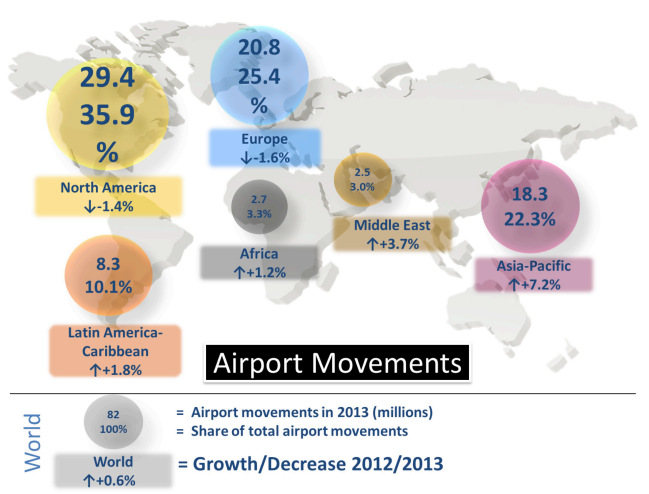
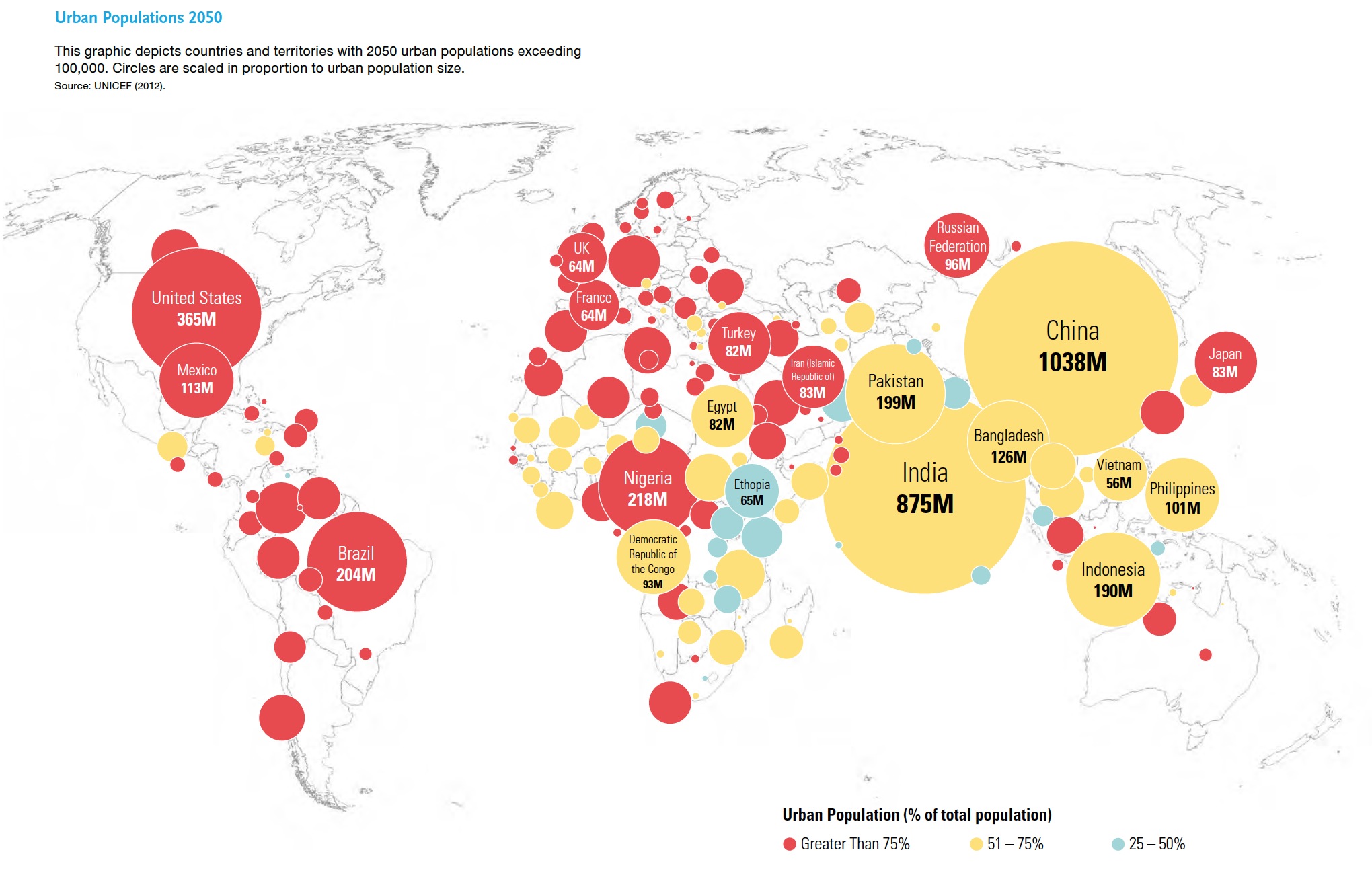
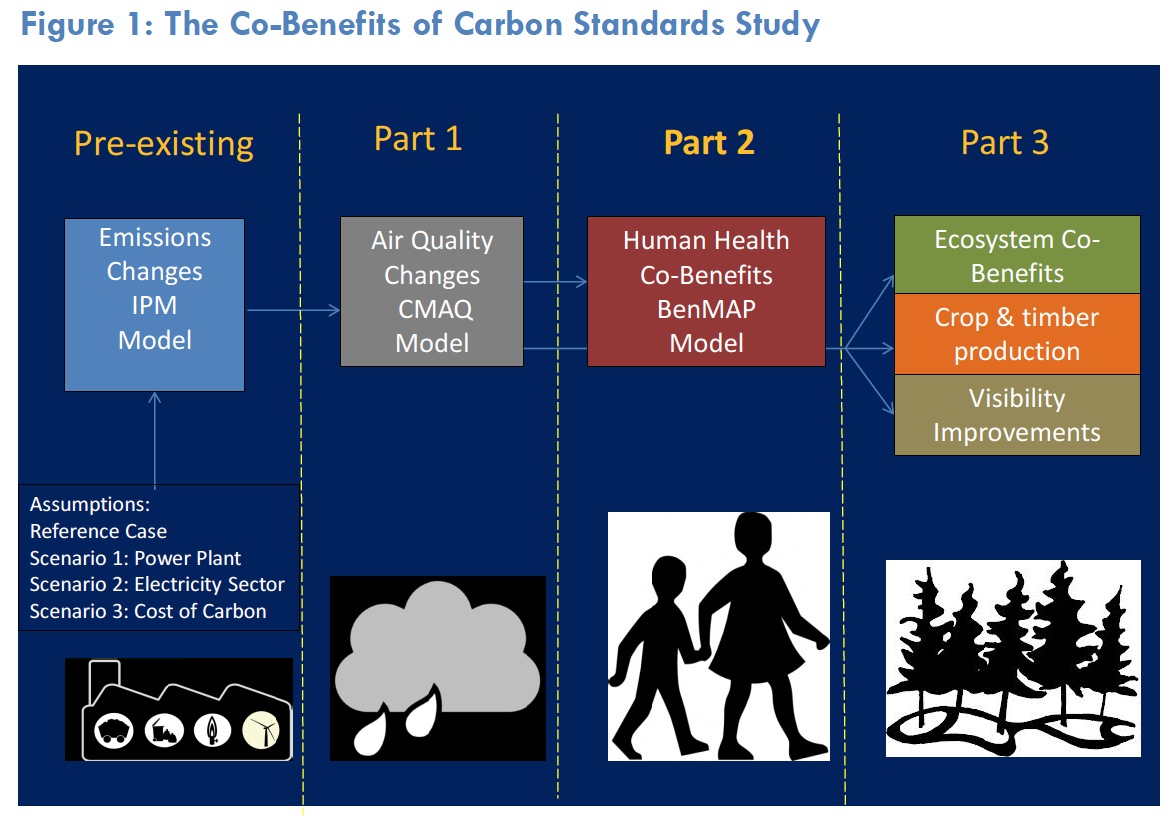
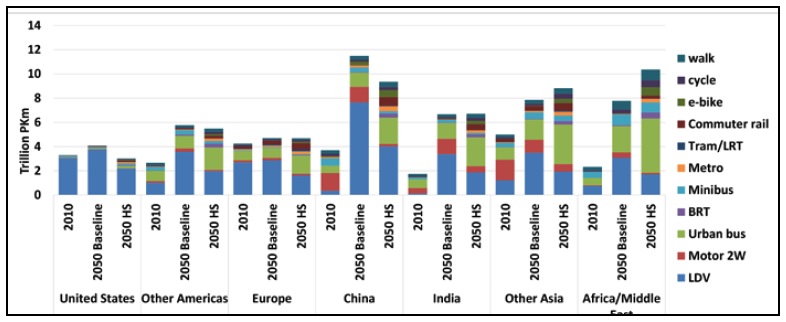


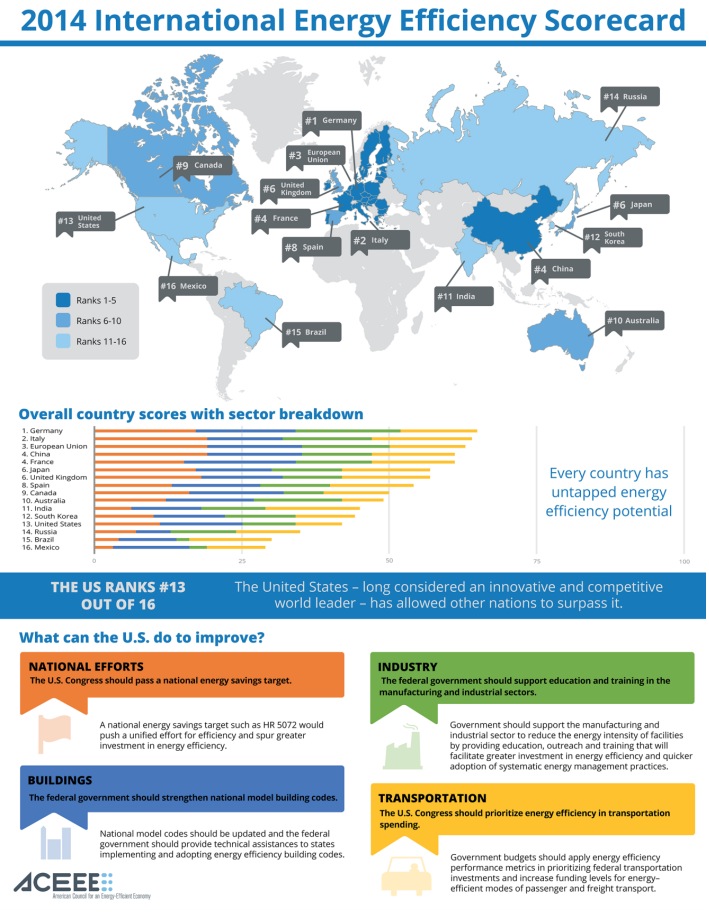


 RSS Feed
RSS Feed